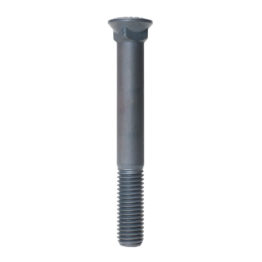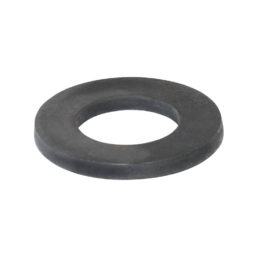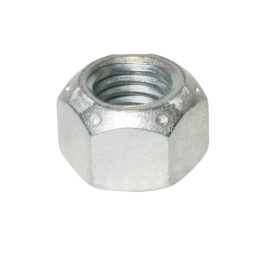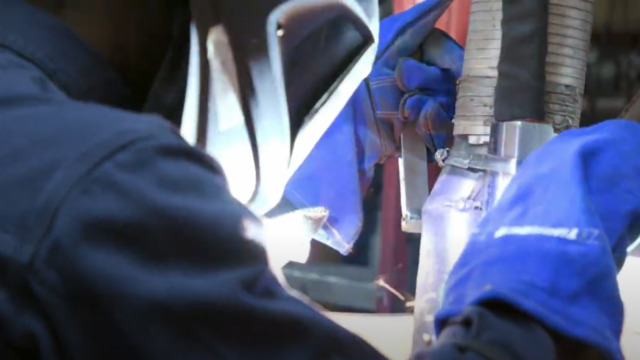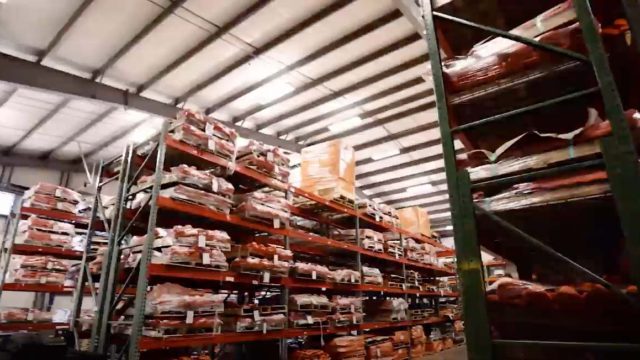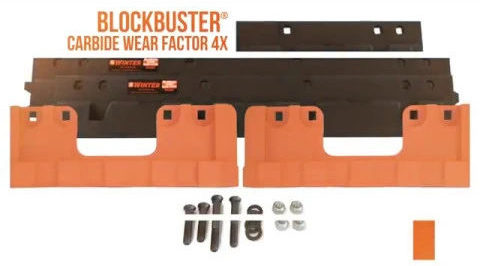Your Recent Search:
It’s All About Torque
January 15, 2015
One of the most common issues with snow plowing is the breaking of hardware. Most people immediately think quality of the product or driver error, but 9 out of 10 times it’s because the blades and hardware weren’t installed properly from the start.
The likely reason bolts break is that they were sheared in two during use due to the blades moving. This could be that the wrong bolt or nut was used and/or the proper torque wasn’t applied during installation.
If you’re in the snow plow business, you know that torque is a term used quite often and it’s actually pretty important for good results. Torque is the tendency of a force to rotate an object about an axis, fulcrum, or pivot. Just as a force is a push or a pull, a torque can be thought of as a twist to an object. Torque is what’s important when you’re installing those cutting edges. You have to have the proper tightness for good results.
Even though quality probably isn’t the reason things are breaking, you should always be using Grade 8 bolts-a lock nut doesn’t hurt either. The reasoning behind quality not being the problem is that the standards for quality of nuts and bolts have been put in effect now for years.
Some tips
- Use lock nuts because they are always hardened, Grade 8-this means they won’t mushroom during use.
- Always remember that the higher the hardness or grade, the higher the strength.
- More isn’t always better. Too much torque will cause the heads of the bolts to pop off.
- The moldboard acts as the support for the cutting edge. If the moldboard has been shortened from wear and tear, the backward blade torque will be increased, resulting in bolt and blade damage and/or breakage.
- Never weld the nut to the bolt. The heat of welding destroys the treated properties could cause the fasteners to fail during use.
- Lock washers are a no-go. It’s a hardened washer that acts as a cutting tool to the softer steel of the plow moldboard or blades.
- Always make sure everything is clean! No debris before any installation like sand, dust, rust etc. This debris will grind away in plow use, resulting in under torqued bolts which means bolt shear.
- Always calibrate your wrench several times during the winter season.
- The easiest way to put an old blade section in a vise is to tighten the bolt with an impact wrench and determine the torque. Be sure to adjust the impact wrench output up or down as needed.
Installing snow plow blades can be a tedious project. Make sure you’re prepared and have help if you need it.
Subscribe to our blog
Get notified when we post a new article
"*" indicates required fields
